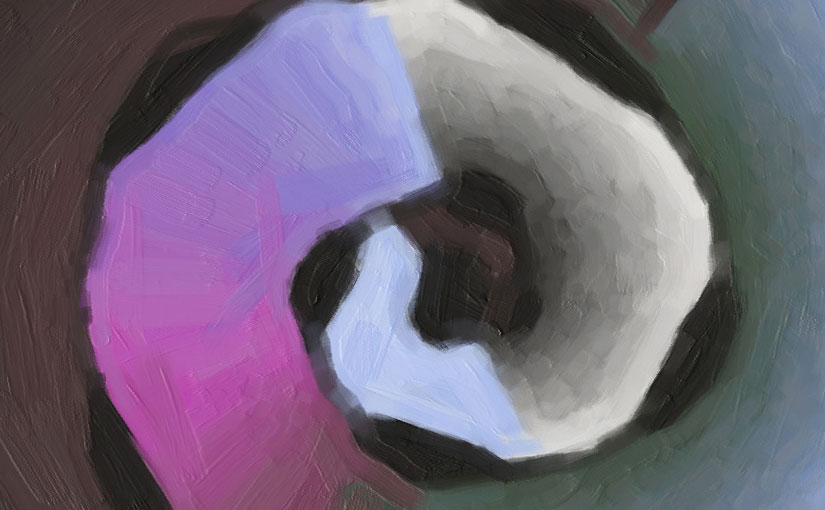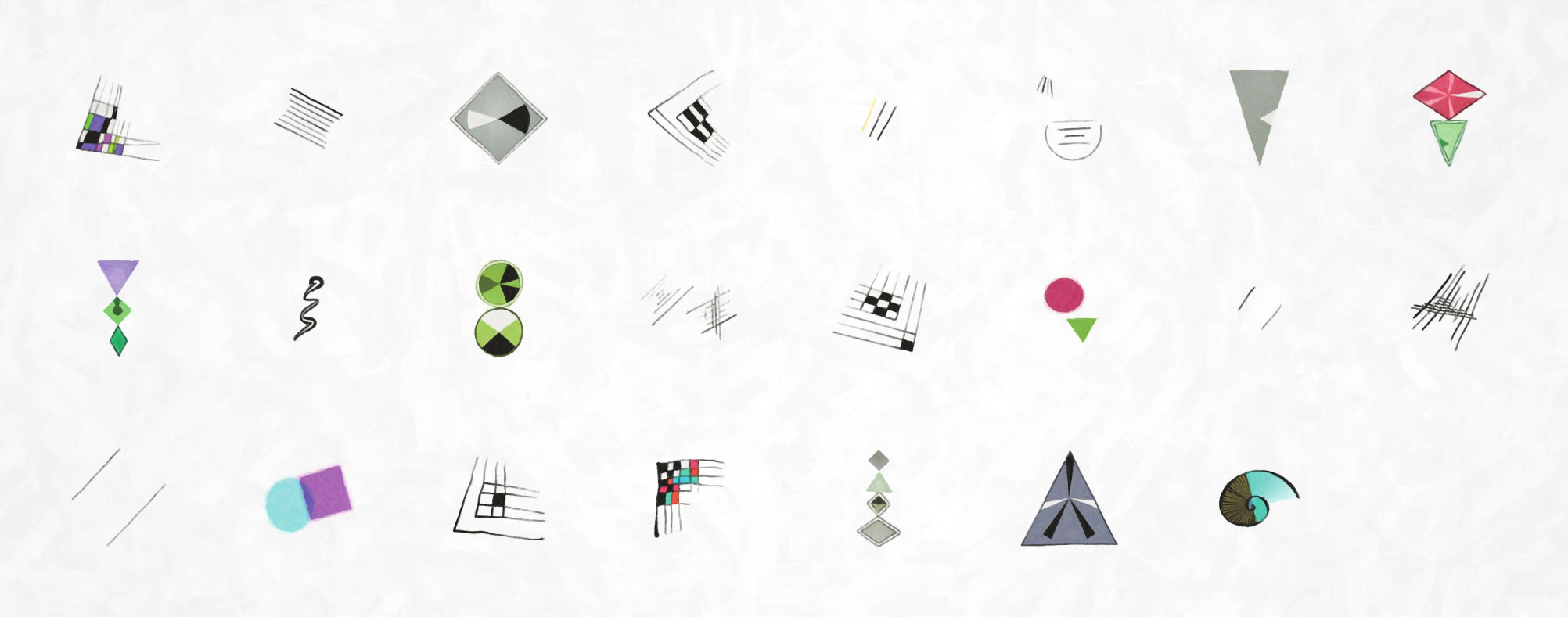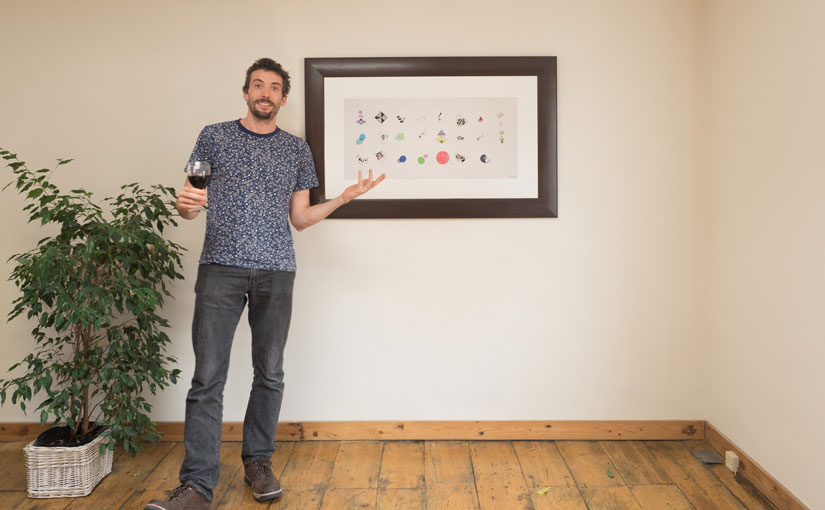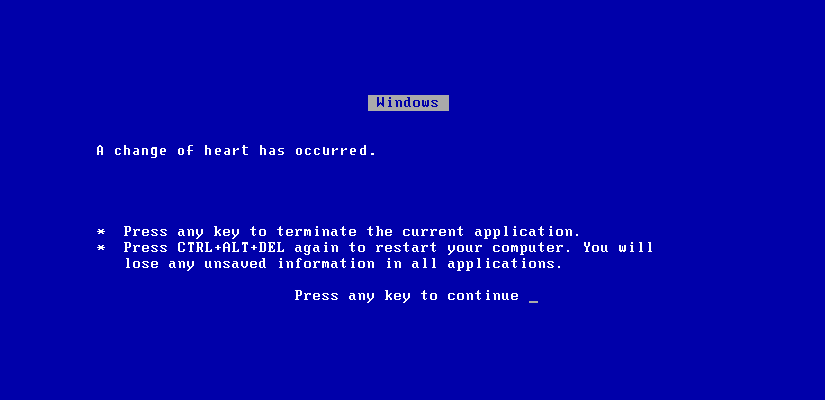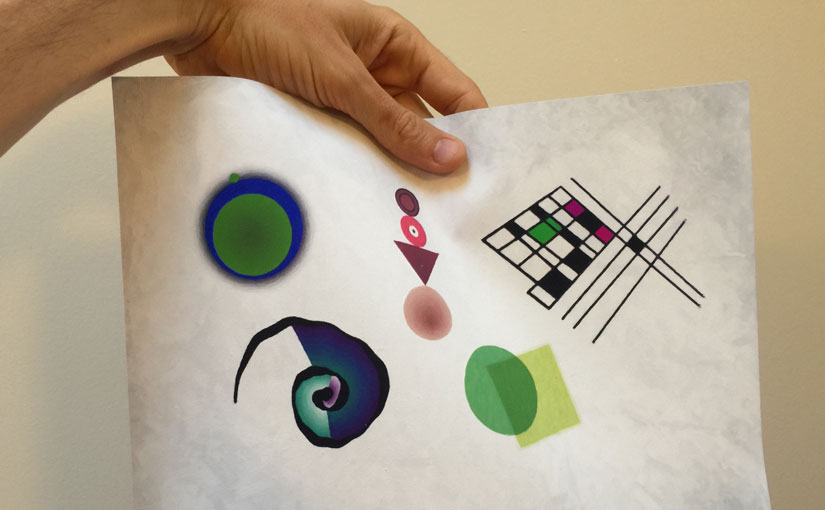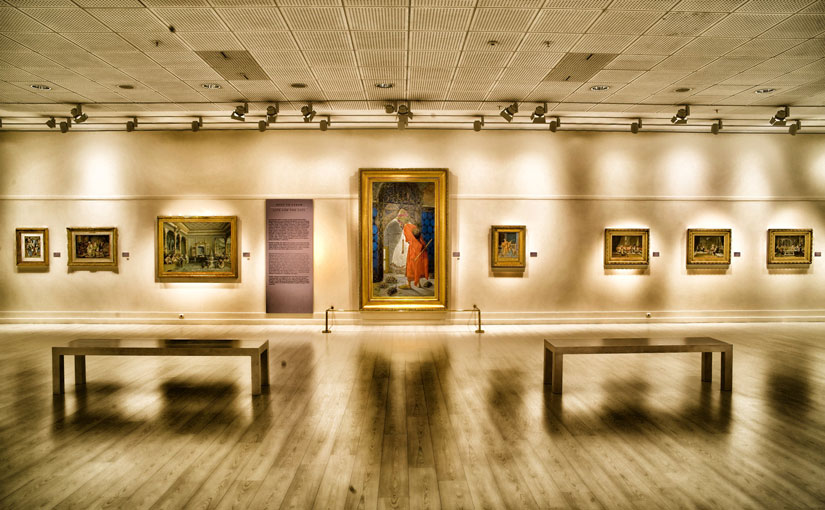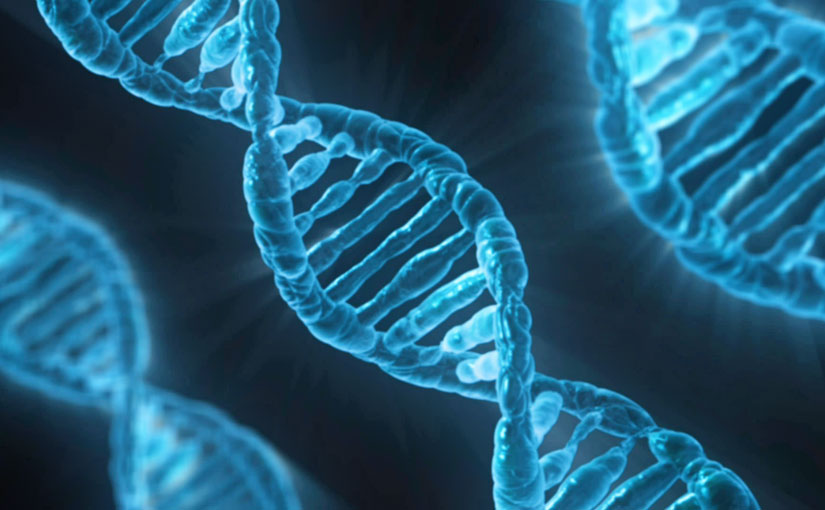This post is part of a series in which I explore the building of DNArtwork.com. It’s about how I’ve decided to use Microsoft .NET and Azure as the infrastructure that supports the website because they’re cheaper and better than other technologies. There you go, that’s the conclusion of this article. If you’re reading this series for the DNA and the artwork, you can move along now.
If you’re interested in why this is surprising, then I’ll tell you a story about the computer industry. Not all that many years ago I was personally committed to fighting against Microsoft, which I and many others saw as a corrupting force in that industry. Now I’m actually quite excited about using their new software. This is quite surprising to me, and this article is my way of figuring out how this happened.
By the way, this is one of my occasional long rambling posts. You have been warned :o)
Continue reading Making DNArtwork #5: drinking the Microsoft Kool-Aid


